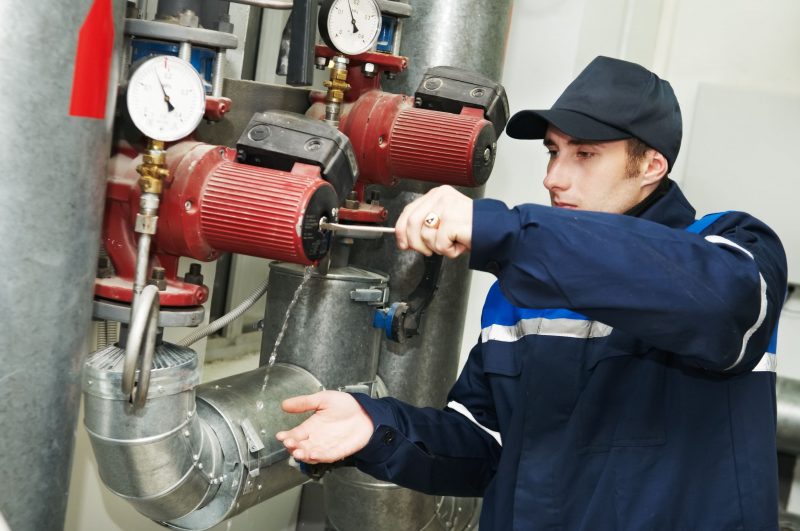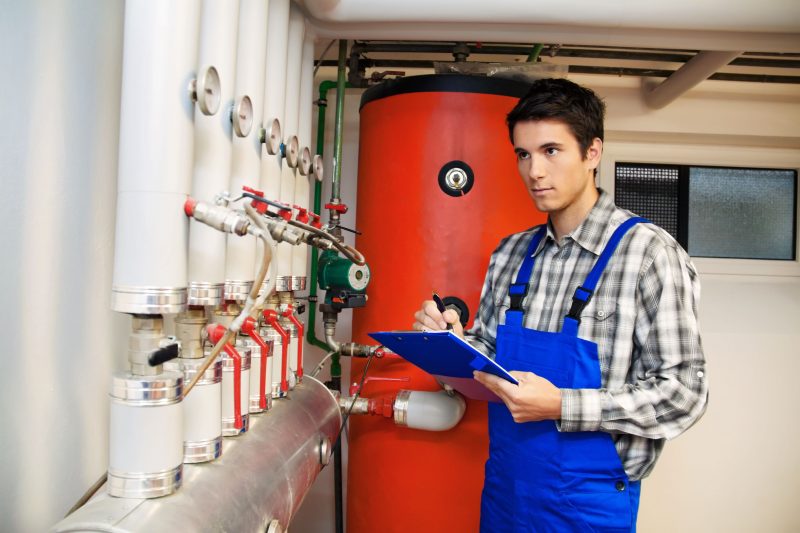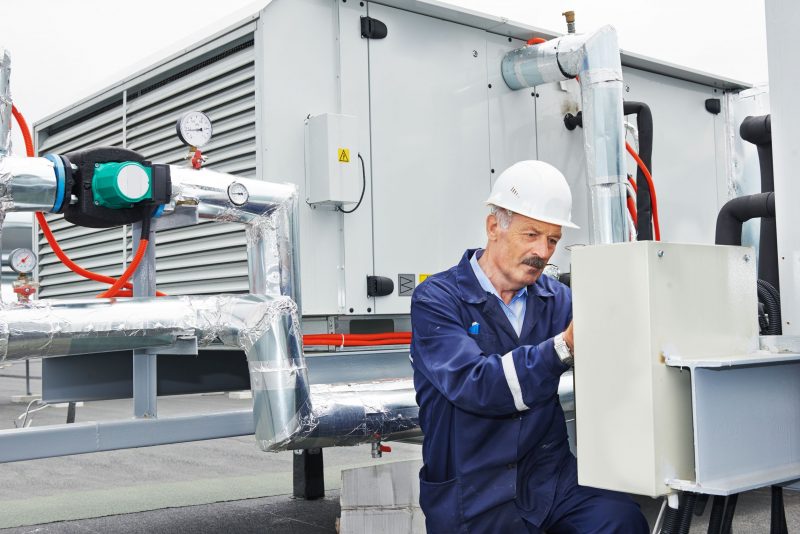With the right kind of maintenance, a Furnace can last up to 25 years. As a home’s furnace reaches the end of its useful lifespan, it may operate at a lower efficiency and break down more frequently, leading to increases in utility and more frequent repair bills. Before replacing a furnace, the homeowner should consider a new unit’s heating capacity, replacement cost, and fuel source to find the right option.
Signs of an Out of Date Furnace
Age is not enough of a reason to replace a furnace. Rather, homeowners should look for certain signs that may help them determine whether it’s time to get a new, more efficient, unit. Any furnace originally equipped with a coal burner or pilot light should be replaced as should those lacking vent dampers. The Department of Energy recommends replacement if energy bills are high without reason or if the unit needs frequent repairs.
Size
When a Furnace reaches its expiration date, it may be tempting to order another similarly-sized unit. However, this can be costly in terms of operating costs and upfront investment. Most homeowners buy furnaces that are much too big for the home. Instead of basing unit size on square footage, customers should choose a supplier like Bowen Refrigeration, Heating & Cooling that will help them size a new unit according to Manual J from the Air Conditioning Contractors of America.
Payback and Efficiency
The average unit costs about $3000 as of the time of this writing. Understanding efficiency ratings can help buyers choose a unit that will allow them to recoup their investment through lower utility bills. For instance, if a home’s current furnace has an 80% efficiency rating, and the owner opts for a new unit with a rating of 97%, they can cut their annual heating bills by up to 20%.
Fuel Source
Before replacing a gas furnace with another comparable model, the homeowner should consider other fuel sources. Prices of fossil fuels are prone to fluctuations, so it’s possible to end up not being able to afford the chosen fuel source. Homeowners should compare pricing and availability of various fuels while evaluating new options.


